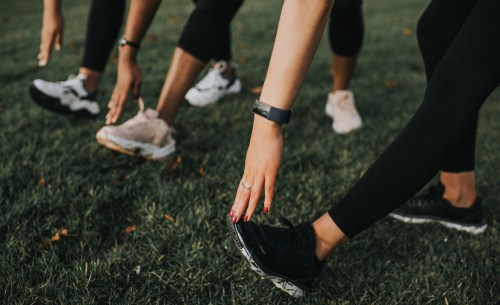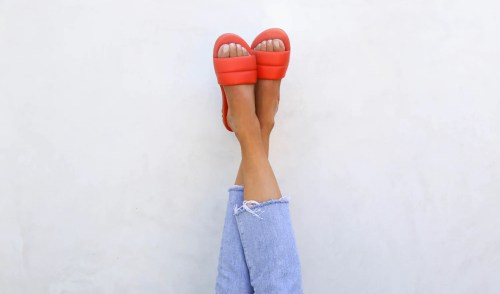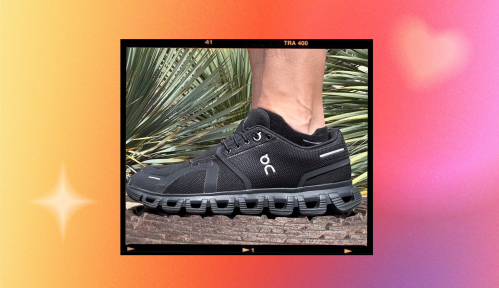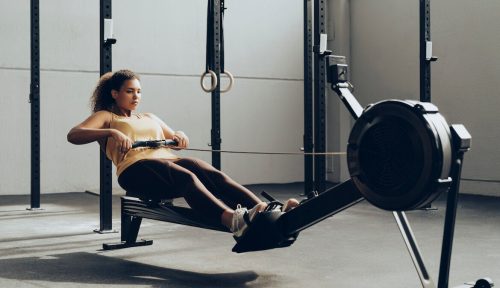Our editors independently select these products. Making a purchase through our links may earn Well+Good a commission
Many conditions cause foot pain and discomfort, from bunions to plantar fasciitis to hammertoes. While hammertoes are most common among those in middle age and beyond, younger people can develop the condition, too. The best shoes for hammertoes won’t constrict your toes, while some types of shoes, like high heels, can make the condition worse. However, if you suffer from hammertoes, you don’t have to worry about clomping around in clunky, frumpy shoes—there are plenty of stylish ones that can accommodate hammertoes and are podiatrist-approved.
Experts in This Article
board-certified podiatrist and orthopedic surgeon at UMass Memorial Health
podiatrist and trustee of the American Podiatric Medical Association
Hammertoes are common—they affect about 7 million people in the U.S.—and the condition is more prevalent in women than men. You don’t have to shop at an orthotic shoe retailer if you have hammertoes, but those companies (including one we feature below) are worth a look.
What are hammertoes?
No surprise here: Hammertoes affect your toes. “Hammertoes are when you get a buckling or a contracture of one of your toes,” says Dr. Jane Andersen, a trustee of the American Podiatric Medical Association and a podiatrist in private practice in Chapel Hill, NC. She adds that the causes of hammertoes can include a genetic predisposition to the condition, changes in the muscles of the foot as we age, and unstable feet that cause someone to grip the ground with their toes as they walk.
Not all hammertoes are the same, as Dr. Frances J. Lagana, podiatrist at UMass Memorial Health, explains. “A hammertoe can be flexible, semi rigid, or rigid,” she says. “It is usually the latter deformity that will create the most symptomology because the toe is unable to straighten out in a shoe when a patient is walking.”
What should you do if you think you have hammertoes?
Andersen recommends going to a podiatrist rather than a primary care doctor. “It’s good to see a podiatrist for a biomechanical evaluation as to why you might be having the hammertoes,” she says. A podiatrist can also explain what to do to prevent the condition from worsening.
Andersen says that you don’t need to see a provider immediately, however. “It’s not like you have to rush out the same day. It’s not something that’s urgent, so to speak.”
What is the best treatment for hammertoes?
When patients come to Andersen with hammertoes, she explains the importance of proper shoes, and she may use specialized taping of the toe to hold it in the right position and/or prescribe exercises to stabilize the toes and slow the condition’s progression. Shoe pads designed for hammertoes can help too, she says.
Surgery is sometimes the best solution, says Lagana. “Long-term surgery may be indicated if the toe becomes too rigid, ulcerates over the top, or becomes painful during ambulation on a daily basis and interferes with activity and function.” (A foot ulcer is an open sore.)
What kind of shoes are good for hammertoes?
Both Andersen and Lagana stress the importance of wearing the right shoes, and Lagana recommends getting your feet measured to make sure you’re wearing the correct size.
If you have hammertoes, Andersen says your shoes should have a roomy, round toe box (the front of the shoe) and a soft upper, particularly mesh for athletic shoes, and a stretchy material for dress shoes. Shoes should not rub on your toes, or squish them, or push them together, she says, and sometimes a style with good arch support can be helpful.
Andersen recommends visiting the website of the American Podiatric Medical Association (APMA) to find shoes that have received its Seal of Acceptance and Seal of Approval. Some retailers, such as Nordstrom, make it easy to find shoes with the seal.
What shoes should you not wear if you have hammertoes?
Andersen cautions against pointed-toe shoes and high heels. “The higher the heel, obviously, the more pressure on the front of your foot, so it creates more pain and more discomfort, and your toes are more cramped,” she says.
If you want to wear a shoe with a heel, says Andersen, a wedge is a good choice, because it’s less likely to push your foot, and therefore toes, forward. “There’s less of a differential between the front and the back of the shoe, so I like wedges quite a bit,” she says.
Below, we round up the best shoes for hammertoes—both specific styles recommended by Lagana and Andersen and our own picks that have been approved by the two podiatrists.
Best sneakers for hammertoes

HOKA Bondi 7 — $160.00
Andersen appreciates the fact that HOKA offers their shoes in a variety of widths, and this particular style has earned the APMA Seal of Acceptance. It has the mesh upper that Andersen recommends for sneakers, so it won’t constrict your toes. This highly-cushioned shoe also cradles your ankle with memory foam. The shoe is vegan and contains recycled materials, and it comes in sizes 5-12 in medium and wide. Choose from 8 colorways and two widths with women’s shoes, and 10 colorways and three widths with men’s shoes.
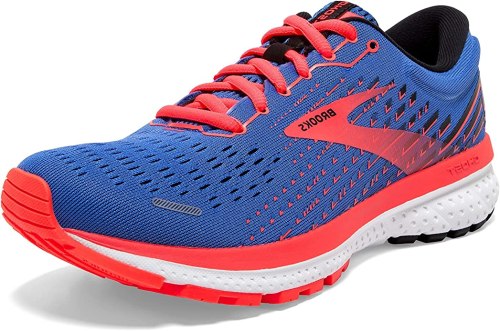
Brooks Ghost 13 — $153.00
Lagana calls this running shoe from Brooks “excellent in all ways” and a “good solid shoe.” Andersen likes that the brand offers multiple widths. (Wondering about the unusual name? Its namesake is a Brooks employee who liked to run at night—nothing supernatural about these sneakers.) The brand’s profile for this shoe emphasizes its “smooth,” cushioned qualities plus its air mesh upper that hugs your foot. Much of the polyester contained in the shoe is recycled. It’s available in medium, wide, and narrow in a generous size range of 5–13. Click here for men’s sizes and colorways.

Topo Athletic Fli-Lyte 4 — $120.00
Andersen recommends this shoe brand, Topo Athletic, which she recently discovered (not to be confused with Topo Designs). “Topo has a very wide toe box, and it’s very nice and roomy,” she says. In fact, on its website, the brand emphasizes that its shoes don’t restrict your toes. “Topo [shoes are] extraordinarily wide on their own,” she says. “They’re designed that way and are really good for people with hammertoes.”
The Fli-Lyte 4, which has earned the APMA Seal of Acceptance, is a versatile and lightweight shoe with a recycled mesh upper and a midsole designed to resist compression. It’s available in sizes 6–12. Find men’s sizing and colorways here.
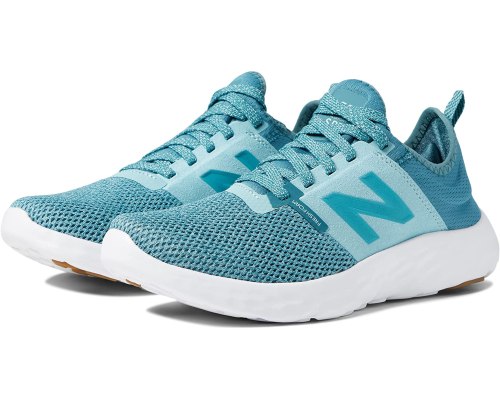
New Balance Fresh Foam Sport v2 — $80.00
The Fresh Foam Sport v2, from New Balance’s Fresh Foam collection, is designed to be just as suitable for everyday wear as for more active pursuits. New Balance comes recommended from Andersen as a brand that offers multiple widths and often has mesh uppers, and this shoe is available in medium and wide. It has a partial mesh upper for breathability, plus a breathable fabric lining, along with plush cushioning with lightweight support. This shoe is available in sizes 5–12, and depending on the retailer, in several color combos. Find men’s sizing and colorways here.
Best casual shoes for hammertoes
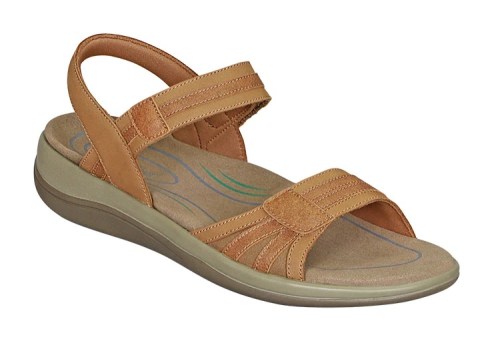
Orthofeet Paloma Sandal — $100.00
Hearing “orthopedic shoes” might make you think of bulky, frumpy styles, but Orthofeet has multiple options that won’t make you feel a few decades older. (It also offers a 60-day wear test and free returns.) Lagana deems the Paloma Sandal as a good walking shoe for hammertoes, yet it’s a reasonably cute, casual sandal. It features orthotic insoles, arch support, and adjustable straps. This shoe is available in sizes 5–12 in medium and wide widths in black and camel leather.

Clarks Ashland Spin Q Slip-On Loafer — $42.00
Clarks is known for comfortable shoes that are, let’s say, moderately stylish, and the Ashland Spin Q Slip-On Loafer is no exception. Lagana finds them good for casual walks and approves of the low heel and adjustable strap. The shoe’s OrthoLite footbed is designed for comfort, and the contrast stitching is a nice detail that adds some interest. This shoe comes in sizes 5–12 in medium, narrow, wide, and extra wide.
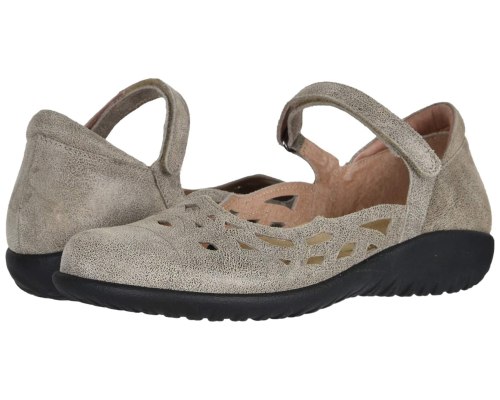
Naot Agathis Flat — $180.00
Lagana approves of this shoe for hammertoes and says it’s good for casual walks. It has also received the APMA Seal of Acceptance. This cute Mary Jane style features interesting cutouts, along with a comfortable low heel and adjustable strap. It also has a removable footbed that you can replace with your own orthotics if needed. It’s available in sizes 4–11, mostly in neutral colors. Note that half sizes should size up.

Dansko Loralie Mary Jane — $113.00
Dansko doesn’t just make their famous and formidable clogs, favorites of nurses everywhere—they also make more stylish shoes, like these sleek Mary Jane wedges. “A lot of the Danskos have a really deep toe box,” says Andersen. She points out, however, that you need to make sure a particular shoe is a good fit (literally) for you, no matter which company made it. “It’s not like ‘Oh, this is a guarantee that this is for everyone,’” she says. This shoe has a cushioned footbed, adjustable strap, and leather lining. Sizes range from 5.5/6 to 11.5/12.
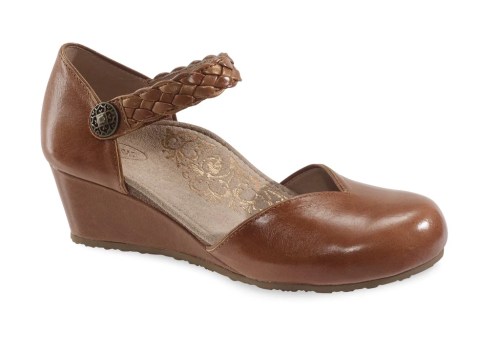
Aetrex Mia Adjustable Wedge — $75.00
Andersen says that Aetrex is her favorite shoe brand. “A lot of them have the [APMA] seal,” she says. “So they’re not going to put anything that’s really egregious or really crowding your toes or anything like that.” The Mia Wedge (which Andersen owns and loves) features a memory foam footbed, lightweight cork insoles, and an adjustable strap. “They’re incredibly comfortable,” says Andersen. “They’ve got a huge, round toe box, the leather’s very soft, and they’ve got arch support.” Sizes are 35–42 (equivalent to U.S. sizes 5–11), and the shoe comes in black, navy, “iron,” and “cognac.”

Revere Genoa Stretch Loafer — $150.00
Yes, we won’t deny that this loafer looks a bit like something your grandmother would wear (no offense, grandmas!), but it has a lot of features that make it a good choice. Andersen recommends the Revere Genoa Stretch Loafer as “super comfortable” for someone with hammertoes and appreciates the stretchy upper and removable footbed that allows you to use your own orthotic insole. “They’re very stretchy and very accommodative of my hammertoe,” she says. The shoe is also breathable and antimicrobial, and has an adjustable strap. It comes in four neutral colors in sizes 5–12.

JBU by Jambu Wildflower Mary Jane — $70.00
This cute and casual Wildflower Mary Jane has received the APMA’s Seal of Acceptance. Its floral topstiching design offers an eye-catching detail, but isn’t over-the-top (plus it’s more subtle on some of the colors available, in case that’s what you prefer). This shoe features a memory foam insole and a nonslip sole, and it comes in sizes 6–11 in black, “denim” (a medium blue), “cream shimmer,” and gray (color availability depends on the retailer).
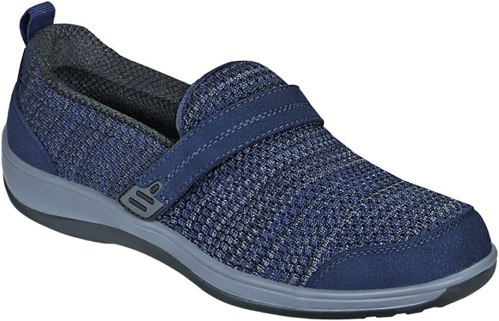
Orthofeet Slip-On Shoe — $120.00
Lagana notes that this is a “good casual walking shoe” and says that it’s appropriate for older folks, which could make this a potential gift for a family member. It features ergonomic soles, ample cushioning, flexible uppers, adjustable arch boosters, and a wide and roomy toe box. The shoe is available in three neutral colors in sizes 5–12 in medium, wide, extra wide, and narrow. Orthofeet offers a 60-day wear test.

Naot Kirei Mary Jane — $185.00
The three textures of nubuck and leather on the top of this Mary Jane, which has received the APMA Seal of Acceptance, make for a unique style without making it look busy. The shoe provides comfort and stability with a low heel, padded heel cup, adjustable strap, and slip-resistant sole. If you wear orthotics, you can remove the footbeds of this shoe and use those instead. The Naot Kirei Mary Jane comes in several colors, mostly neutrals, in sizes 4–12. Note that half sizes should size up.
Best boots for hammertoes

Naot Ruzgar Chelsea Boot — $195.00
This suede Chelsea boot just screams “fall.” Like all of Naot’s shoes, it’s ethically made in Israel with sustainable methods. Its construction includes a removable footbed that you can replace with your own orthotics if necessary, a slip-resistant sole, and a pull tab at the back. It’s also received the APMA’s Seal of Acceptance. This shoe notably offers a size 4, which is rare to see, and it goes up to size 11. (Half sizes should size up.)
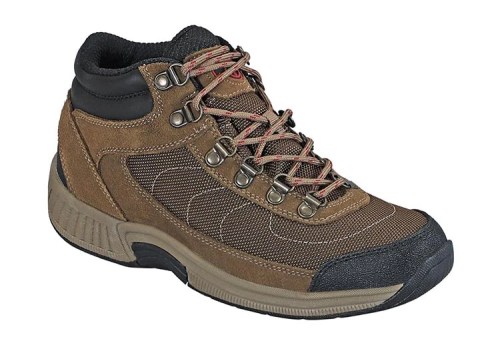
Orthofeet Delta Hiking Boot — $110.00
Just because hiking boots, as a rule, are meant to be comfortable and supportive doesn’t mean that they’re all appropriate for hammertoes. This boot from Orthofeet, which Lagana calls an “excellent shoe,” has a wide toe box and a soft leather upper that doesn’t put too much pressure on your feet. Its orthotic insoles provide ample cushioning for your foot and have an antimicrobial surface, and its arch booster is removable in case you need less arch support. The boot is available in sizes 5–12 in brown and black and has Orthofeet’s 60-day wear guarantee.
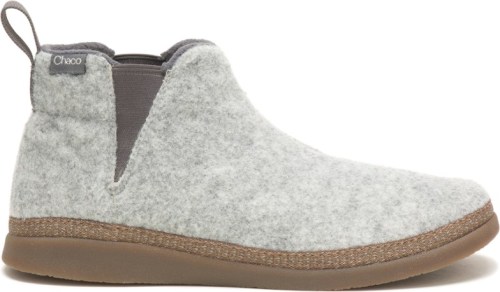
Chaco Revel Chelsea V-Gore Boot — $90.00
These boots definitely have a slipper vibe, but the characteristic Chelsea boot features of side panels and pull tabs will keep you from looking like you forgot to change shoes when you left the house. Then again, even if they do give that impression, you might not care, because with their fleece lining and felted upper, you’ll love the cozy comfort. (It’s funny to see that some retailers label these as slippers and others as boots, though Chaco classifies them as them boots.), The Chaco Revel Chelsea V-Gore Boot has also received the APMA Seal of Acceptance. It’s available in sizes 6–11 in several neutral colors.
Sign up for the Well+Good SHOP Newsletter
Get exclusive deals on wellness, beauty, fitness, and food products that have been hand-picked by our editors.
Got it, you've been added to our email list.

